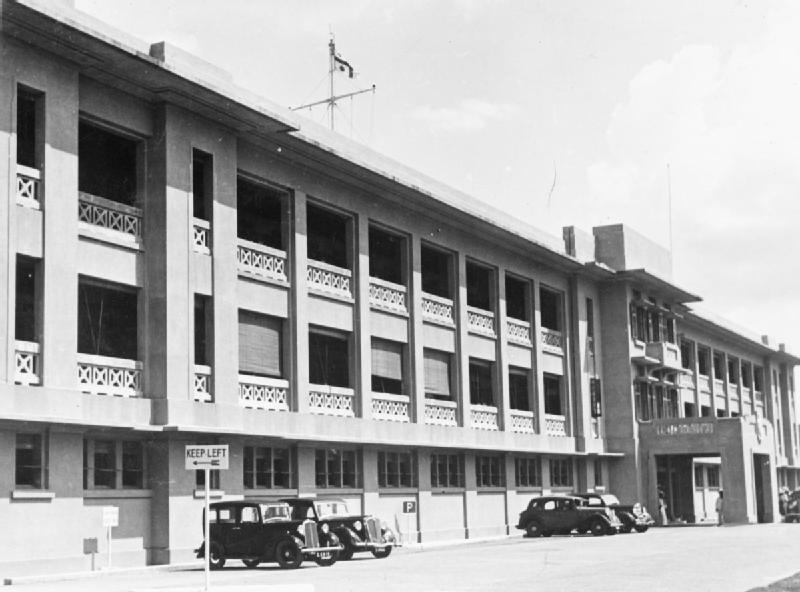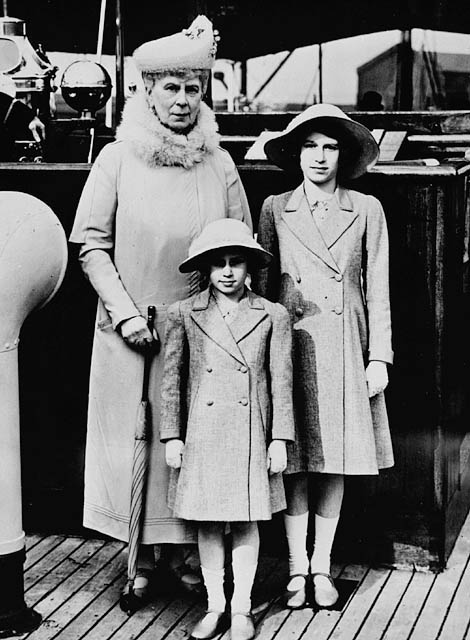|
Martin La T. Wemyss
Rear Admiral Martin La Touche Wemyss (5 December 1927 – 10 September 2022) was a British Royal Navy officer. He followed his father into the navy, joining as an officer cadet in 1945. After service on a number of ships and submarines he passed the Submarine Command Course in 1956 and was appointed to command HMS Sentinel (P256), HMS ''Sentinel''. Wemyss led the Submarine Command Course from 1961 to 1963, instituting higher standards that led to a lower pass rate. He later commanded the 3rd Submarine Flotilla and a number of surface vessels before being appointed director of naval warfare at the Ministry of Defence (United Kingdom), Ministry of Defence and aide-de-camp to Elizabeth II. He commanded Second Flotilla from 1977 to 1978 and, after a period as Assistant Chief of the Naval Staff (United Kingdom), Assistant Chief of the Naval Staff (Operations and Air), retired in 1981. Early life Wemyss was born into a family descended from the Earls of Fife. He was born on 5 Dec ... [...More Info...] [...Related Items...] OR: [Wikipedia] [Google] [Baidu] |
Royal Navy
The Royal Navy (RN) is the United Kingdom's naval warfare force. Although warships were used by English and Scottish kings from the early medieval period, the first major maritime engagements were fought in the Hundred Years' War against France. The modern Royal Navy traces its origins to the early 16th century; the oldest of the UK's armed services, it is consequently known as the Senior Service. From the middle decades of the 17th century, and through the 18th century, the Royal Navy vied with the Dutch Navy and later with the French Navy for maritime supremacy. From the mid 18th century, it was the world's most powerful navy until the Second World War. The Royal Navy played a key part in establishing and defending the British Empire, and four Imperial fortress colonies and a string of imperial bases and coaling stations secured the Royal Navy's ability to assert naval superiority globally. Owing to this historical prominence, it is common, even among non-Britons, to ref ... [...More Info...] [...Related Items...] OR: [Wikipedia] [Google] [Baidu] |
China Station
The Commander-in-Chief, China was the admiral in command of what was usually known as the China Station, at once both a British Royal Navy naval formation and its admiral in command. It was created in 1865 and deactivated in 1941. From 1831 to 1865, the East Indies Station and the China Station were a single command known as the East Indies and China Station. The China Station, established in 1865, had as its area of responsibility the coasts of China and its navigable rivers, the western part of the Pacific Ocean, and the waters around the Dutch East Indies. The navy often co-operated with British commercial interests in this area. The formation had bases at Singapore (Singapore Naval Base), HMS ''Tamar'' (1865–1941 and 1945–1997) in Hong Kong and Wei Hai (at Liugong Island) (1898–1940). The China Station complement usually consisted of several older light cruisers and destroyers, and the Chinese rivers were patrolled by a flotilla of suitable, shallow-draught gunboats, ... [...More Info...] [...Related Items...] OR: [Wikipedia] [Google] [Baidu] |
Princess Margaret, Countess Of Snowdon
Princess Margaret, Countess of Snowdon, (Margaret Rose; 21 August 1930 – 9 February 2002) was the younger daughter of King George VI and Queen Elizabeth The Queen Mother, and the younger sister and only sibling of Queen Elizabeth II. Margaret was born when her parents were the Duke and Duchess of York, and she spent much of her childhood with them and her elder sister. Her life changed at the age of six, when her father ascended the British throne following the abdication of his brother Edward VIII. Margaret's sister became heir presumptive, with Margaret second in line to the throne. Her position in the line of succession diminished over the following decades as Elizabeth's children and grandchildren were born. During the Second World War, the two sisters stayed at Windsor Castle despite suggestions to evacuate them to Canada. During the war years, Margaret was too young to perform official duties and continued her education, being nine years old when the war ... [...More Info...] [...Related Items...] OR: [Wikipedia] [Google] [Baidu] |
Equerry
An equerry (; from French ' stable', and related to 'squire') is an officer of honour. Historically, it was a senior attendant with responsibilities for the horses of a person of rank. In contemporary use, it is a personal attendant, usually upon a sovereign, a member of a royal family, or a national representative. The role is equivalent to an aide-de-camp, but the term is now prevalent only in the Commonwealth of Nations. Australia Australian equerries are commissioned officers in the Australian Defence Force, appointed on an ''ad hoc'' basis to the King of Australia, Governor General, state governors or to visiting foreign heads of state. Canada Canadian equerries are drawn from the commissioned officers of the Canadian Armed Forces, and are most frequently appointed to serve visiting members of the Canadian Royal Family. The equerry appointed for the King of Canada is a senior officer, typically a major or a lieutenant-commander, while the equerry appointed for a child ... [...More Info...] [...Related Items...] OR: [Wikipedia] [Google] [Baidu] |
George VI
George VI (Albert Frederick Arthur George; 14 December 1895 – 6 February 1952) was King of the United Kingdom and the Dominions of the British Commonwealth from 11 December 1936 until Death and state funeral of George VI, his death in 1952. He was also the last Emperor of India from 1936 until the British Raj was dissolved in August 1947, and the first Head of the Commonwealth following the London Declaration of 1949. The future George VI was born in the reign of his great-grandmother Queen Victoria; he was named Albert at birth after his great-grandfather Albert, Prince Consort, and was known as "Bertie" to his family and close friends. His father ascended the throne as George V in 1910. As the second son of the king, Albert was not expected to inherit the throne. He spent his early life in the shadow of his elder brother, Edward VIII, Prince Edward, the heir apparent. Albert attended naval college as a teenager and served in the Royal Navy and Royal Air Force during the W ... [...More Info...] [...Related Items...] OR: [Wikipedia] [Google] [Baidu] |



.jpg)
